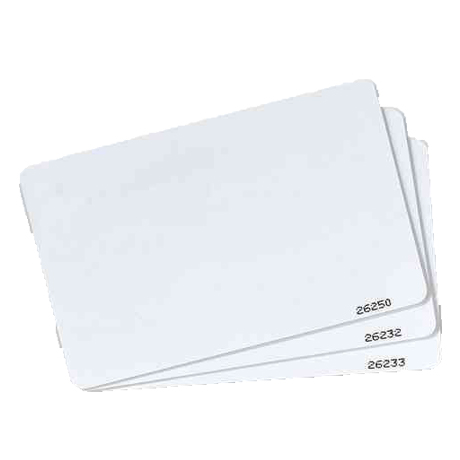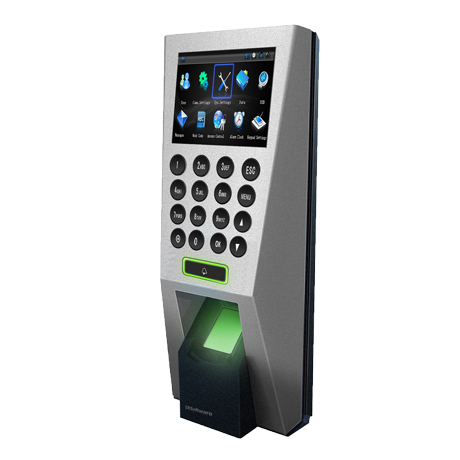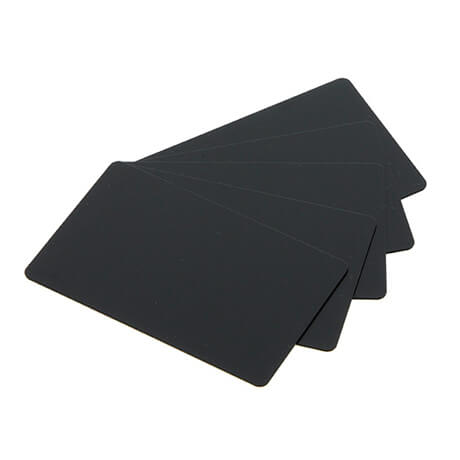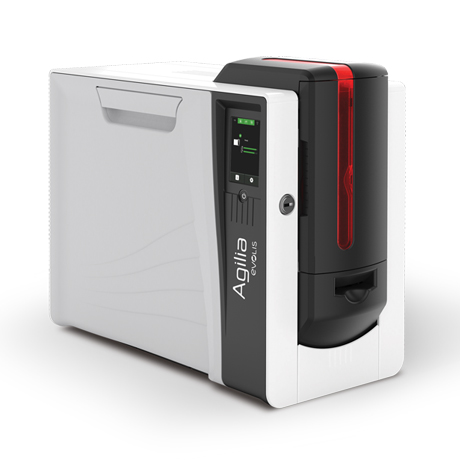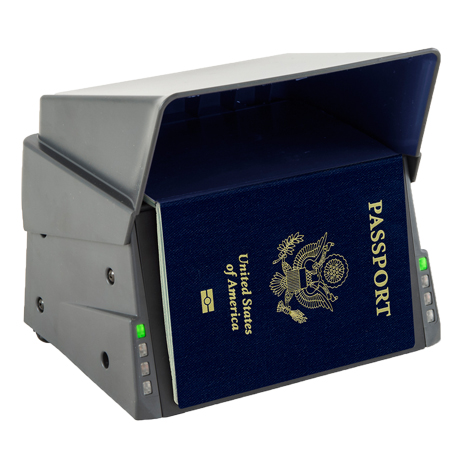Today, most organisations use proximity cards (also known as prox cards) or smart cards for their access control requirements. The two may look similar, however there are some key differences that we’ll be sharing with you today.
As an overview, the main difference between proximity cards and smart cards is that proximity cards are only used for access control, whereas smart cards can be used for various purposes.
In this post, we’ll take a deeper look at the differences between the types of contactless cards. But first, here’s a summary of each type:
Proximity cards
Proximity cards are primarily used for access control. These cards only store a facility code and card number and their sole purpose is to share this data with a compatible card reader when the card is placed nearby.
This data is then verified with a remote controller to allow access. In basic terms, if the proximity card’s data matches up with a card stored in your system, the controller will grant the user access.
Smart cards
Smart cards can be used for multiple purposes. These cards can store a facility code, card number and can also authenticate and store other information, as they have a larger memory capacity. This higher memory capacity results in increased functionality.
Users must place their smart cards close to a smart card reader, so the reader can read the information embedded on the chip inside the card. Our most popular smart cards are the NFC cards.
Now that we’ve covered the basics of each card, let’s dive into the differences between smart cards and proximity cards.
The difference between proximity cards and smart cards
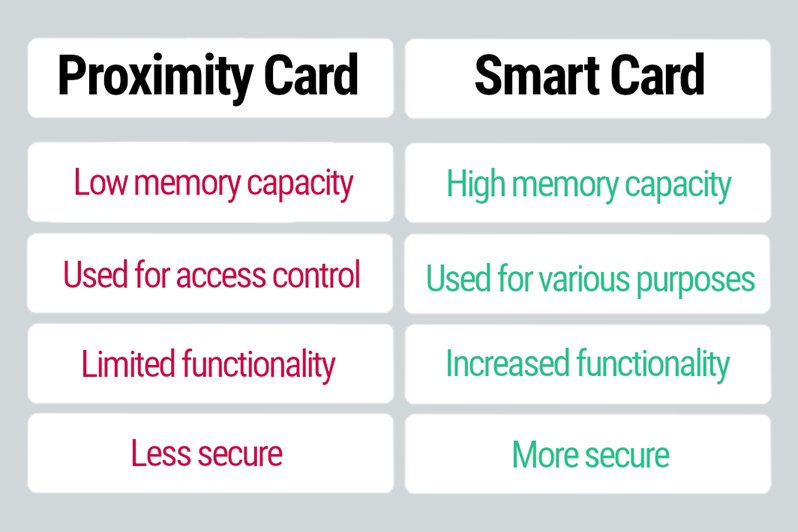
Memory capacity
One of the biggest differences between proximity cards and smart cards is the memory capacity. As shown above, proximity cards have a lower memory capacity while smart cards have higher data storage capabilities.
For example, this MIFARE Classic 1K contains 1K bits of memory, while a standard proximity card will contain a much lower memory capacity.
The amount of data stored inside the card (specifically, inside the card’s chip) directly impacts what the card can do. In simple terms, if a card has more data stored inside the chip, it can do more.
Uses and functionality
Proximity cards are primarily used for access control, as the card’s chip can only store a facility code and card number.
Smart cards can be used for various purposes, such as access control, secure print, cashless vending and more. This is because the card’s chip has the capacity to hold the relevant data required to complete these functions.
Essentially, users could use a single smart card for all their card requirements.
Security
Smart cards offer higher security than proximity cards, as they are able to hold multiple credentials and types of data, while proximity cards cannot.
The data stored in a proximity card is not secure, whereas smart cards solve this issue as they have mutual authentication, ensuring cards are safe to use for multiple purposes.
In simple terms, proximity cards are vulnerable to card cloning, whilst smart cards using the latest technology cannot be cloned. As a result, it’s inadvisable for security premises to use proximity cards. Instead, smart cards are a much more secure alternative.
Let’s Recap
Proximity cards can only store a facility code and card number, while smart cards can store this data and more.
The data inside the card directly determines what the card can do, therefore proximity cards can only be used for access control whereas smart cards provide a higher level of authorisation and can be used for various purposes including access control, secure print, cashless vending and more.
To find out more about which access control cards are right for your business, give us a call and speak to a member of our expert team today. Our team will be happy to help answer any questions regarding your access control system. We hope to speak to you soon.


